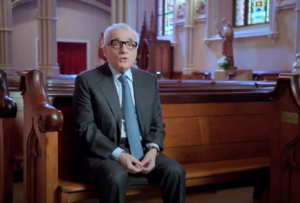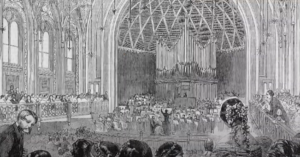Scorsese: The “Oratorio” that Changed New York City through Opera
The documentary, “The Oratorio: A Documentary with Martin Scorsese,” highlights how three Italian immigrants, Lorenzo Da Ponte, Pierre Toussaint, and Maria Malibran, influenced Italian opera in New York City. Scorsese tells the story of a particular production that occurred at the Basilica of St. Patrick’s Old Cathedral, a historical Roman Catholic Church located in Lower Manhattan.
This documentary resurrects the 1826 performance through the incorporation of characters that were essential to the production of this opera. The interviews with Claudia Orazi, an opera theater director, and Francesco Zimei, a musicologist, gives insight into the process of persuading the Italian government to finance the oratorio. Another key individual is Jared Lamenzo, an organ master and director of music that takes the viewer on an intimate journey into the process of up keeping St. Patrick’s Old Cathedral’s organ.
However, the opera performance of 1826 could not have happened without the presence of three immigrants, a theme that remains prevalent throughout the documentary. Lorenzo Da Ponte, the former librettist of Mozart, immigrated from Vienna to New York City and continued his work in music. He also built the Italian Opera house in New York City, seven years after the legendary performance. Pierre Toussiant, a Haitian-American freed slave leaded was the donor responsible for building the church. Maria Malibran, a famous Spanish singer, held many performances in New York that influenced other women to sing too. These three individuals were the pillars for the concert that would make New York the cultural hub that it is today.
The documentary is aired on PBS.
— Mahogany Brim



